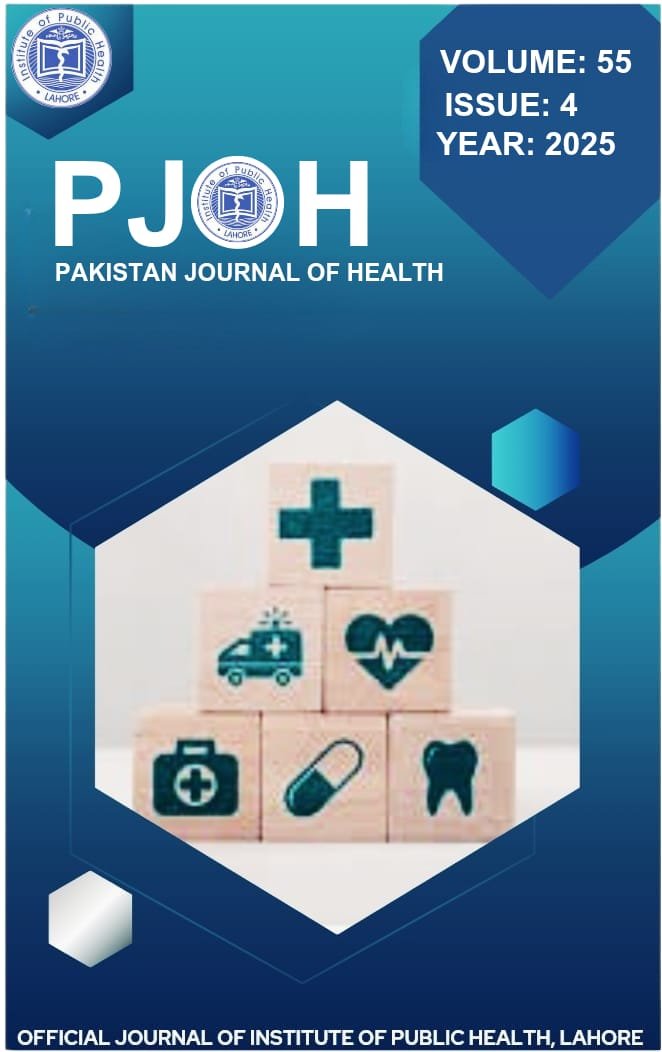Dominant Reliance of Clinicians on Clinical Diagnosis instead of Bacteriological Evidence in Childhood Tuberculosis Cases Punjab
Abstract
AbstractBackground: Pakistan is among the top high TB burden countries of world. Childhood tuberculosis (CHTB) is an important public health problem, signaling recent community transmission of TB. Despite technological advances in diagnostics, most CHTB cases in the Punjab are still diagnosed clinically rather than bacteriologically.
Objective: To analyse the trends in bacteriological versus clinical diagnosis of CHTB in Punjab, compare with national and international benchmarks, and identify programmatic gaps with recommendations.
Methods: Secondary analysis of District Health Information System (DHIS) data (2021–2024) was conducted. Data on bacteriological versus clinical diagnosis were compared with global literature, WHO reports, and studies from both high- and low-burden countries.
Results: From 2021 to 2024, CHTB constituted 8.1% of all TB notifications in Punjab (2024 data). Bacteriological confirmation rates remained between 20–23% until 2023, rising to 29% in 2024. However, 71% of diagnoses remained clinical. Compared with high-burden African countries (10–15% bacteriological yield) and South Asian settings (8–20%), Punjab performed slightly better but lagged far behind low-burden countries (>60%).
Conclusion: Punjab’s diagnostic profile reflects high reliance on clinical judgment, similar to other high-burden settings. Expanding child-friendly specimen collection, decentralising molecular testing, and ensuring complete reporting could improve confirmation rates, surveillance quality, and treatment outcomes.
Keywords: Childhood tuberculosis, bacteriological confirmation, clinical diagnosis, Punjab, Pakistan
Downloads
Published
Issue
Section
License
Copyright (c) 2025 Pakistan Journal Of Health

This work is licensed under a Creative Commons Attribution 4.0 International License.

